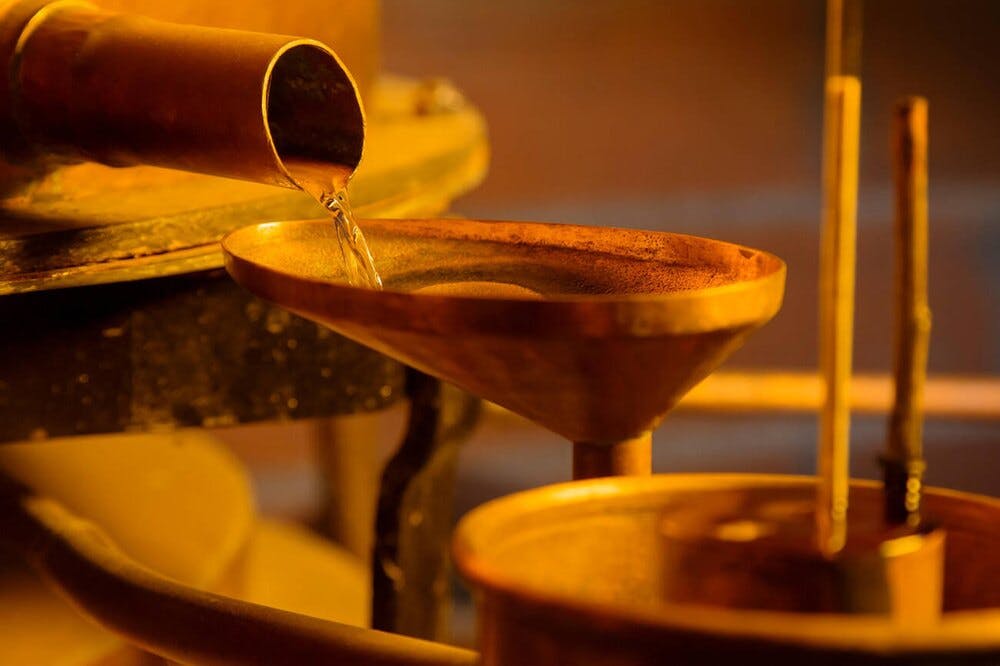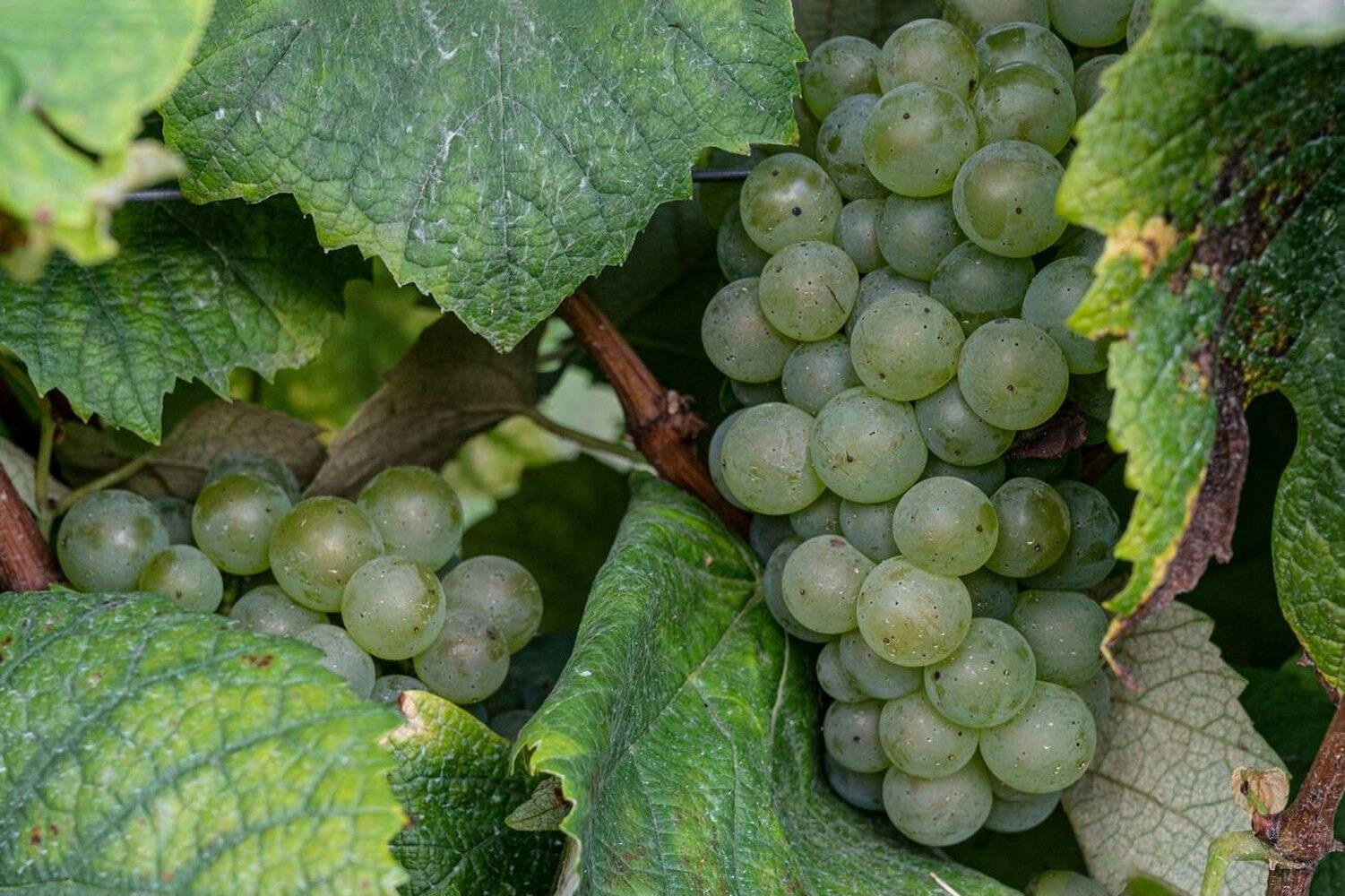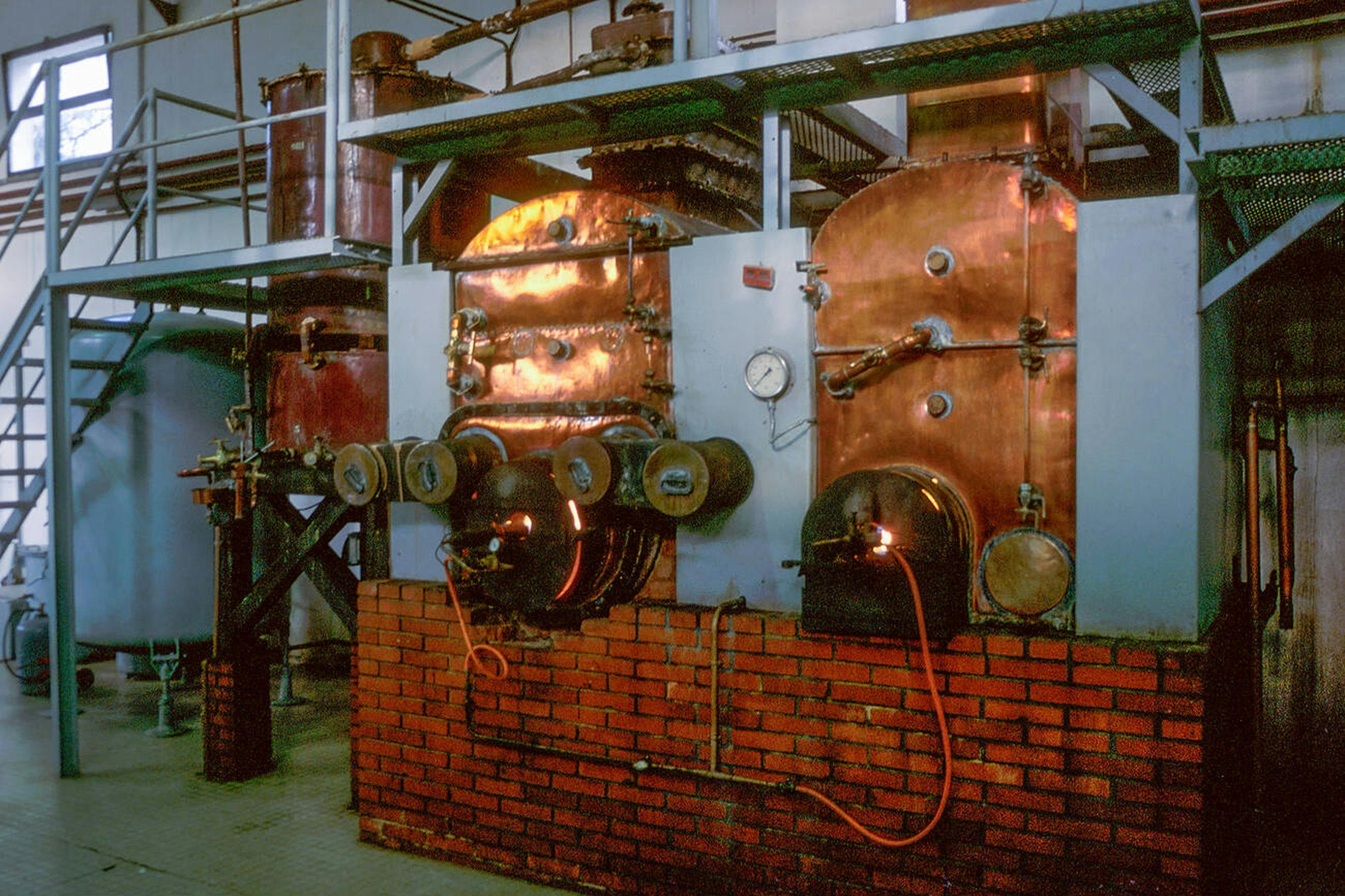
Armagnac is the oldest eau-de-vie in France, produced in the southwest of the country using techniques passed down through generations. Unlike cognac, which is distilled twice, armagnac follows a distinct production method that shapes its rich and authentic character. Let’s explore the key steps in its production process.
Armagnac, a unique terroir in the heart of South-West France
The Armagnac Appellation d’Origine Contrôlée (AOC) covers three main areas:
- Bas-Armagnac, known for its elegant and fruity eaux-de-vie;
- Ténarèze, which produces more full-bodied and powerful Armagnacs;
- and Haut-Armagnac, where production is more diverse and remains relatively confidential.
The region’s temperate oceanic climate, clay-sandy soils, and the careful selection of grape varieties all contribute to the unique aromatic richness of Armagnac.
Understand how Armagnac is made in 5 essential steps
1. The Grapes: The Foundation of Armagnac
Armagnac is made from several grape varieties — ten in total — each contributing its own nuances to the final blend. The most commonly used include:
- Ugni Blanc: the dominant variety, bringing freshness and vibrancy.
- Baco Blanc: adds roundness and aromatic depth.
- Folle Blanche: known for its floral and fruity notes.
- Colombard: offers spicy aromas and solid structure.
These grapes are harvested between September and October, at a lower level of ripeness than those used for wine, in order to maintain high acidity and a low sugar content.

2. Vinification: Turning Grapes into White Wine
The grapes are pressed immediately after harvest to produce a dry white wine with low alcohol content (7.5% to 12% ABV) and high acidity, making it ideal for distillation. This wine is fermented without the addition of sulfites, as they would become concentrated during the distillation process.
Unlike wines made for consumption, those intended for Armagnac are not aged in barrels. They are distilled shortly after fermentation, typically between November and March. Distillation is not permitted after March 31.
3. Distillation: The Unique Armagnac Alambic
Armagnac is distilled using a traditional Armagnac continuous column still, a method dating back to the 19th century. Unlike Cognac, which is distilled twice in a Charentais pot still, Armagnac undergoes continuous distillation.

How the Armagnac Still Works
The wine is continuously fed into the still, where it is gradually heated. Alcohol evaporates and rises through a series of rectifying plates before being cooled and transformed into eau-de-vie.
Armagnac comes out of the still at an alcohol strength between 52% and 72.4% ABV, a characteristic that gives it its aromatic intensity straight from distillation.
Because continuous distillation does not allow for the removal of heads and tails like in Cognac, Armagnac retains more aromatic compounds and texture.
4. Ageing: The Influence of Oak Barrels
After distillation, Armagnac is placed in 400-liter oak barrels, mainly made from Gascon oak or Limousin oak.
The Role of Wood in Armagnac Maturation
Wood plays a key role in the ageing process:
- It enriches the aromatic profile with notes of vanilla, spices, and dried fruits.
- It allows for slow oxidation, which softens and rounds the spirit.
- It contributes to the development of amber color and complex aromas.
The Angel’s Share
The "angel’s share" refers to the natural evaporation of alcohol from the barrels during ageing.
Each year, about 2% to 5% of the volume evaporates — this is the famous angel’s share.
5. Blending and Bottling
Cellar masters blend eaux-de-vie from different vintages and ages to create Armagnacs with a wide range of profiles. Blending ensures aromatic consistency and allows for a balance between youthful vigor and mature complexity.

However, vintage bottlings are also common in Armagnac, giving enthusiasts the opportunity to enjoy eaux-de-vie from their birth year, for example.
Armagnacs are marketed under several categories:
- VS (Very Special): aged for a minimum of one year
- VSOP (Very Superior Old Pale): aged for at least four years
- XO (Extra Old) or Hors d’Âge: aged for at least ten years
- Vintage: from a single campaign of distillation; the vintage corresponds to the harvest year and the Armagnac must be at least ten years old
Modern developments in Armagnac production
While Armagnac remains deeply rooted in tradition, some producers are exploring new directions to expand their range:
- Cask strength Armagnacs, bottled at natural strength to preserve their full intensity
- Limited and experimental editions, finished in casks that previously held other spirits or wines, such as sherry. As this practice is not permitted under the official appellation, these eaux-de-vie cannot be labeled as Armagnac.
Armagnac continues to captivate with its authenticity, aromatic richness, and distinctive character, making it a true gem of France’s spirits heritage.
TO DISCOVER ARMAGNAC FURTHER
La Maison du Whisky has three boutiques in Paris:
In each of these boutiques, you'll find a wide selection of whiskies, rums, sakes, and other fine spirits.
Follow our tasting calendar for upcoming events, or visit the Golden Promise Whisky Bar, which offers an extensive selection of whiskies and other spirits by the glass.
You can also discover other articles about armagnac.
Written by
- Quentin JEZEQUEL - SEO project manager at LMDW.
Verified by
- Didier GHORBANZADEH - Wine & Spirits Expert at LMDW
- Adrien GASTECLOU - LMDW Training Manager
- Clotilde NOUAILHAT - Editorial and Corporate Communications Manager at LMDW
Published on 30/14/2025